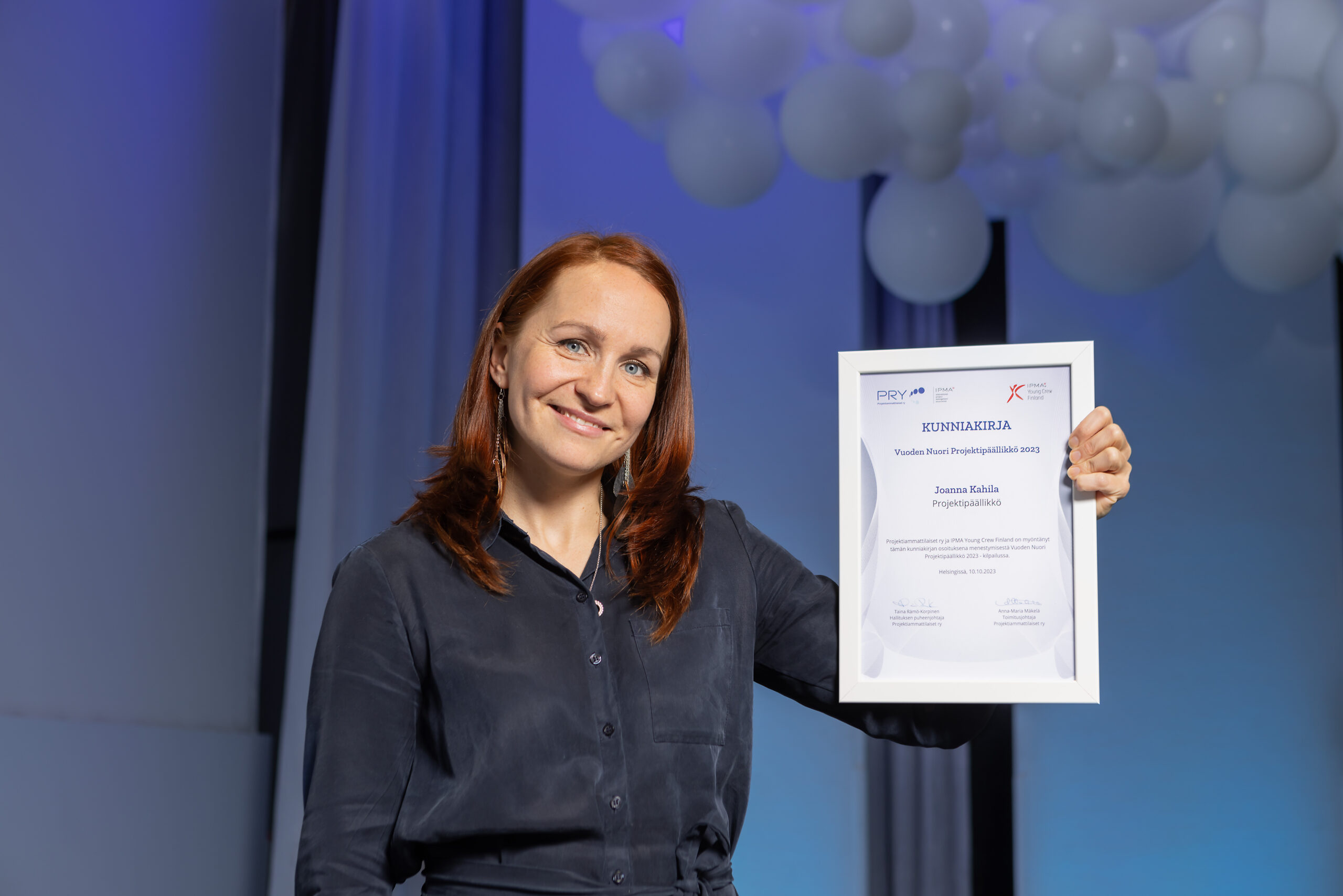Only a handful of Finns have achieved the IPMA Agile Leader certification for Agile development. While the IPMA certification in general is well known in the project industry, the Agile Leader certification is even newer. There are numerous Agile certifications. However, Mika Loponen, who works for CGI as Director Consulting Services, saw the IPMA Agile Leader certification as a natural extension of the IPMA C Project Manager certification.

A new step on the project manager’s path
I started my career as a software engineer, and after a few twists and turns, I moved on to become a project manager. Later, as the projects grew, my role changed to project manager and from there to my current role, which is mainly portfolio management, front office work and business development in the financial services industry. I have completed both the IPMA C-level Project Manager certification and the IPMA B-level Agile Leader certification.
When I was a project manager, the idea of obtaining the IPMA C certificate came to me early on, as soon as I had the necessary experience. This decision was partly influenced by the recommendations of colleagues who had already obtained the certificate at the time, but also by an interest in obtaining a certificate of my own professional competence. From the employer’s point of view, the certificate was also seen as an advantage, for example in tendering procedures.
When I finally completed the IPMA C certification, it kind of started a new phase in my career as a project manager. The certification process brought new insights into my own work and made me re-evaluate different aspects of project management. A certain systematic approach to project management also became a stronger part of my own work.
Agile towards new challenges
I’ve been lucky in the sense that as a project manager I’ve been given projects to manage, where the level and size of the requirements increased over time and, of course, so did my own skills. As the projects grew in size and the delivery model became more agile, I faced new challenges and dimensions compared to my previous experience with the traditional model. The process of change to an agile model required the unlearning of certain approaches and practices adopted in the traditional waterfall model and, at the same time, the adoption of approaches based on the agile development model.
Such a change requires a change of mindset from the whole team, and how the change translates into concrete actions and behaviours can be a very time-consuming process. In my opinion, in such a situation, the ability of the leader to lead and encourage the team in the right direction is crucial, even if the risk of failure to implement new things is obvious. On the other hand, failure should not be feared, let alone punished, but rather learned from. Patience is the key and it is not worth suffocating a team with too many changes at the same time.
From Project Manager to Agile Leader
For me, completing the IPMA B certificate was a natural progression on the project management path. What made it special, however, was the opportunity to change the project area of the certificate to the Agile Leader certificate. It was the most suitable option for me, as my most demanding projects, including my reference projects, were heavily using agile methodologies.
The process of completing the IPMA B-level Agile Leader certification is slightly different from the C-level certification. One of the key tasks of completing the B-level is writing a project report on a reference project. The report consists of background information on the reference project, the main challenges and how the different elements of the qualification have been achieved. The Individual Competences book, on which the report is based, divides the individual competences into three different competences. These competency areas are further subdivided into a total of 29 different competency elements, at least 80% of which must be demonstrated in the certification report. Incidentally, the same book is also recommended for preparing for certification at levels C and D.
While the IPMA C certification required demonstrating competence through a written exam and a group workshop, the B-level certification was, at least in my case, a more in-depth analysis of my own performance. During the process, I identified issues that normally in the midst of doing things I might not have paid enough attention to. In hindsight, it could be said that it would probably have been good to explore the different elements of competence in more depth much earlier on.
I feel that both certificates have not only been useful for my career, but that completing them has added value to my professional life beyond the context of project management. If the IPMA certification is on your radar, I would encourage you to go ahead with it. The process itself is already rewarding and completing the certification is a useful investment in your own skills.
Author:
Mika Loponen
Director Consulting Services
CGI
CGI is a Canadian IT company that employs around 91 000 professionals globally, including around 3 800 in Finland. CGI helps businesses and public sector organisations by providing IT services and consulting expertise in a wide range of industries.


